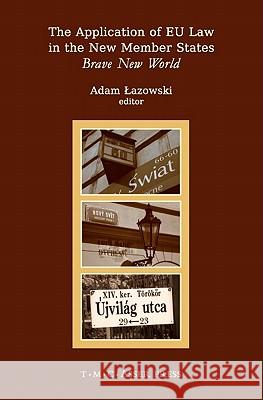The Application of EU Law in the New Member States: Brave New World » książka
The Application of EU Law in the New Member States: Brave New World
ISBN-13: 9789067042741 / Angielski / Twarda / 2010 / 616 str.
INTRODUCTION Five years after the ? fth enlargement and more than two years after the sixth - pansion of the European Union (EU), an attempt is being made to give those two 1 groundbreaking events a reality check. Arguably, the time has come to subject the triumphant political discourse, praising the unprecedented endeavor of expanding the European Union from ? fteen to twenty-seven Member States against the test of effectiveness. The crucial question is: has the patient survived the operation and is it 2 still alive and breathing normally? On the one hand, we may hear that the European Union is in crisis and the fundamental questions of ? nalite remain unanswered. We also hear of the constitutional drama and post-enlargement blues undermining the effectiveness of the integration enterprise. On the other hand, some argue that the two recent waves of enlargement have been the EU s most successful foreign policy projects, which proved their purpose and justi? ed the political and economic sac- ? ces. To evaluate all pertinent factors underpinning the ? fth and sixth enlargements of the European Union would go beyond the scope of one book. That would require a multi-volume, interdisciplinary study of enormous proportions. The focus of this study is on the application of EU law in the twelve new Member States of the European Union."











